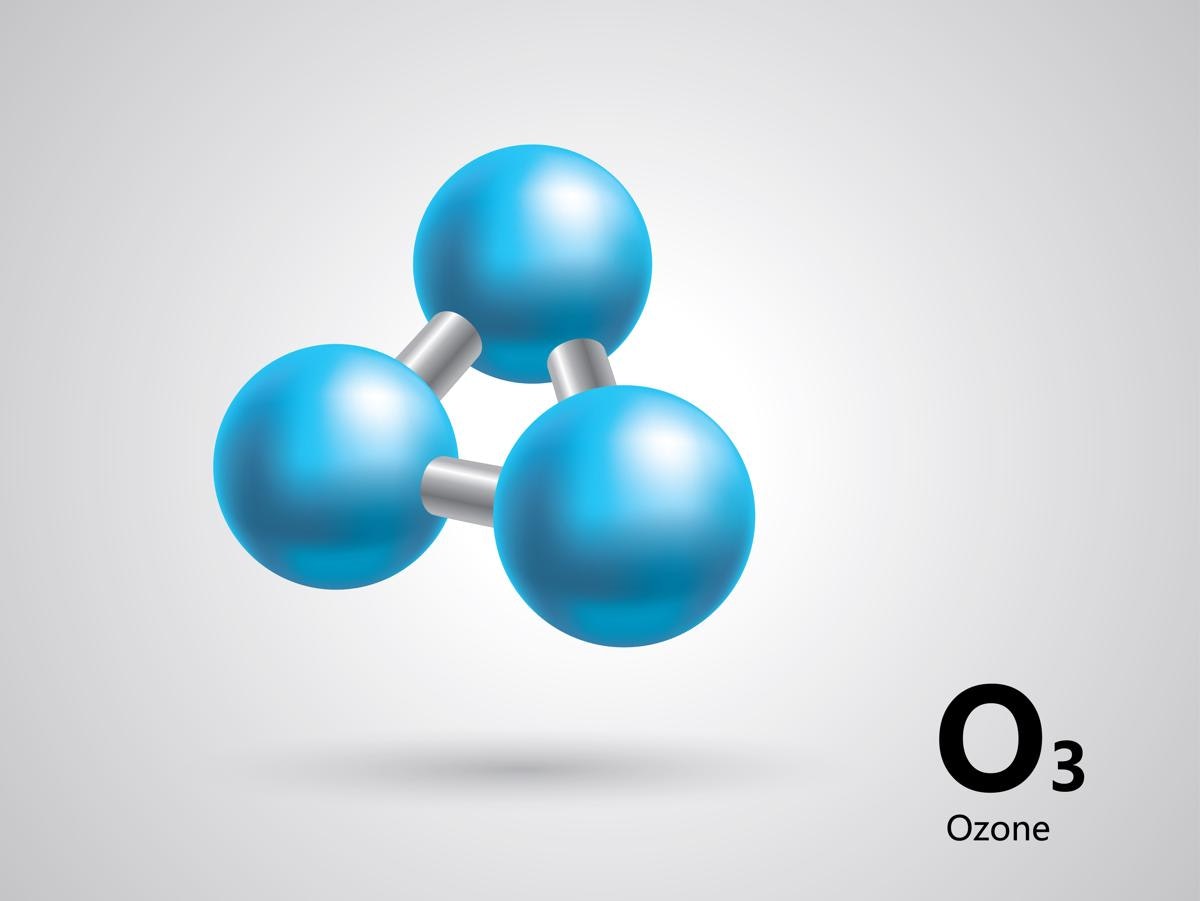DBD Principle
Dielectric Barrier Discharge (DBD) is a type of electrical discharge that occurs in a gas between two electrodes separated by an insulating dielectric material. It's often used in various applications, including surface treatment, ozone generation, and gas purification. The basic principle behind DBD involves the creation of a controlled electrical discharge within the gas-filled gap between the electrodes.
Here's a simplified explanation of how DBD works:
Setup: The DBD setup consists of two electrodes placed parallel to each other, with a dielectric material in between. The dielectric material prevents the direct electrical contact between the electrodes and helps to concentrate the electric field within the gap.
Gas Filling: The gap between the electrodes is filled with a gas or gas mixture. Common gases used include air, nitrogen, or other gases depending on the application. In the case of Cambustion's Ozone Generator OZY-GEN, oxygen is supplied.
Voltage Application: A high-frequency, high-voltage alternating current (AC) is applied to the electrodes. The AC voltage creates an electric field across the gap between the electrodes. The dielectric material prevents the direct flow of current between the electrodes.
Ionization and Discharge: As the voltage across the electrodes increases, it reaches a point where the electric field becomes strong enough to ionize the gas molecules in the gap. These charged particles are mobile and can carry electrical current.
Avalanche Effect: Once a few electrons are accelerated by the electric field and gain enough energy, they collide with other gas molecules, causing additional ionization. This process leads to an "avalanche" of electron collisions, rapidly increasing the number of charged particles in the gap.
Glow Discharge: As the ionization process continues, the gap becomes filled with a glow-like plasma. This plasma is a partially ionized gas containing positive ions, free electrons, and excited gas molecules. The presence of the excited molecules can lead to the emission of visible light, creating the characteristic glow associated with DBD.
Chemical Reactions: The energetic electrons and ions within the plasma can interact with gas molecules, leading to various chemical reactions. These reactions can generate reactive species such as ozone, UV radiation, and other radicals, depending on the gas composition and application.
Applications: Dielectric Barrier Discharge has several applications. For example, it can be used to treat surfaces, improving wettability or promoting adhesion for coating processes. It's also employed in ozone generators for water and air purification, as well as in plasma-based medical devices.
The DBD principle is the basis for Cambustion's own ozone generator, OZY-GEN.
Explore Related Products
Need more information? Connect to an expert
